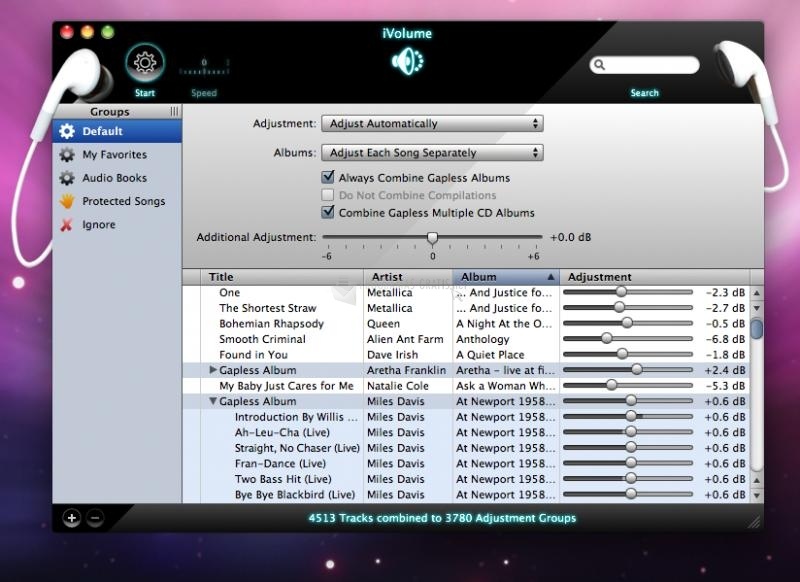

What makes Letasoft Sound Booster so useful is that it serves as a safety net when you don’t know what the problem is and troubleshooting is possible.
#Download ivolume for pc software#
In actuality, there are many factors that can cause a computer’s audio to falter, ranging from bad speakers and a broken sound card to software settings, in-app sound controls, and any failure that can often occur between these elements. If you have upgraded to the latest version of App Volumes Manager, for more information about this setting, see Configuring visibility and management of App Volumes Manager 2.x UI.When you consider all the functions that keep your computer working properly, audio usually falls secondary after user input, graphics, or stability. If you have newly installed App Volumes Manager, for more information about this setting, see Perform App Volumes 2.x Management Tasks. For upgraded deployments, this setting can be disabled after the AppStacks and Writable Volumes are completely migrated. VOLUMES (2.X) tab is for working with AppStacks and Writable Volumes along with App Volumes Agent 2.x. Toggle the slider to enable or disable the VOLUMES (2.X) tab. Disable token AD query to revert to the previous implementation. Previous versions of App Volumes performed group membership queries against Active Directory domains directly and recursively. App Volumes queries for Active Directory group membership using cached object SIDs. Toggle the slider to enable or disable token AD query. However, if you experience increased memory usage, consider disabling volume caching.

App Volumes caches AppStack or application objects to improve performance. Toggle the slider to enable or disable volume cache. If you have Agent session issues, you can use this setting to disable the session cookies.

Toggle the slider to enable or disable Agent Session Cookie.Īpp Volumes uses a session cookie to optimize the communication between the App Volumes Manager and App Volumes Agent. For example, cloudvolumes/writable_volumes_backup The folder name and path where the volumes are backed up. The location where the volumes are backed up. That entity can then have AppStacks assigned to it from the Directory tab. If non-domain entities are allowed, the Manager will create a record for local entities when they are first seen. Computer startups and user logins using local accounts are normally ignored. The App Volumes Manager expects Computer and User accounts to be members of a registered Active Directory domain. Back up is only performed for Writable Volumes that have been used at least once since the last backup. For example, if the recurrent interval is set to 7 days, a Writable Volume will be backed up if 7 days have elapsed since the last back up. If enabled, Writable Volumes are backed up on a regular basis based on the recurrent interval. Toggle the slider to enable or disable regular backups for Writable Volumes. SeeĬreate a Writable Volume (2.x) for information about this setting. Writable Volumes conflicts are handled by the the Block user login setting.

Note: The AVM_WRITABLE_REBOOT does not apply to Set via the system environment variable AVM_WRITABLE_REBOOT. If a Writable Volume is assigned to a user, and the volume does not get attached to the user, the user has the option to reboot the machine. Set via the system environment variable AVM_NO_PROTECT (or CV_NO_PROTECT). Protect volumes from getting deleted directly from storage. Set via the system environment variable AVM_ALLOW_API_MOUNT (or CV_ALLOW_API_MOUNT). Set via the system environment variable SSL_CERT_FILE.Įnable the user to log in even if a Writable Volume or an AppStack cannot be attached to the user at the time of login. Path of the certificate file used by machine managers. Set via the system environment variable SESSION_TIMEOUT. The number of seconds App Volumes Manager remains active after the user logs in. Go to CONFIGURATION > Settings to view and edit the settings. You can configure some of the settings directly from the Settings page, and others through the environment variables.


 0 kommentar(er)
0 kommentar(er)
